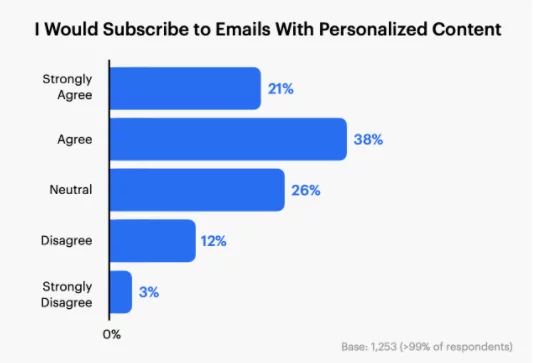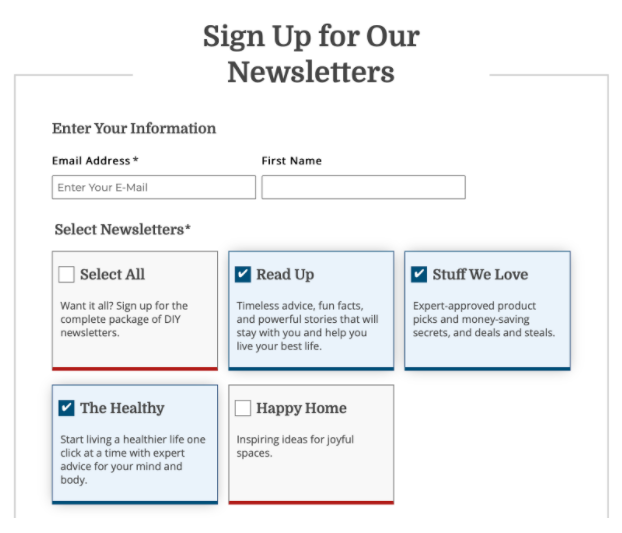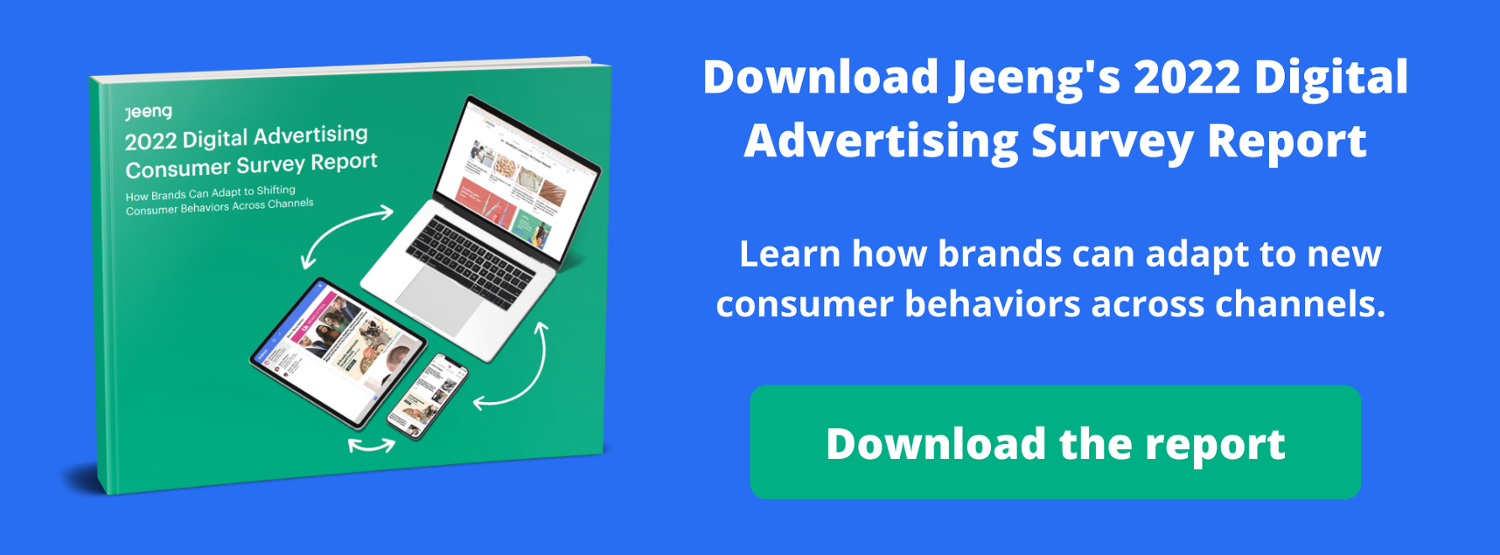George Berkeley famously asked the philosophical question, “If a tree falls in a forest and no one is around to hear it, does it make a sound?”
For marketers, a better version of that question might be: “If an advertising campaign is launched on the web but your target audience doesn’t see it, does it drive engagement and revenue?”
The short answer is…no.

Your marketing campaign can be full of great copy, eye-catching visuals, and high-quality content. But you need to make sure it reaches your target audience of potential customers on the platforms where they’re already active. Otherwise, you risk wasting your budget and missing out on valuable conversions.
That’s why target audience profiles are so important. These are helpful tools that advertisers can use to clearly define who their target customers are and build key audience segments for optimization.
Still getting started with target audience profiles or looking to upgrade the ones you already have?
Here’s what you need to know.
What is a target audience profile?
A target audience profile is a detailed breakdown of a specific type of customer you’re trying to reach with your marketing efforts. Depending on your business goals, products, and target customers, you might create several different target audience personas to represent the types of people you’d like to engage.
More specifically, a target audience profile might include demographic data and characteristics such as:
- Age
- Gender
- Location
- Education level
- Occupation
- Income range
- Interests
- Hobbies
- Goals
- Challenges
- Pain points
- Values and beliefs
- Favorite channels
- Preferred types of content
- Buying behaviors
A technology brand, for example, might create a target audience profile for potential or existing customers that meet these qualities:
- Age: 20-35 years old
- Gender: Female
- Location: U.S. coastal cities
- Education level: Bachelor’s degree
- Occupation: Mid-level managers at tech-focused companies
- Income range: $80,000-120,000
- Interests: Music, video editing, programming
- Hobbies: Hiking, attending concerts, reading
- Goals: Develop a better work-life balance
- Challenges: Adjusting to remote work and socialization
- Pain points: Work more seamlessly on the go and across devices; data privacy
- Values and beliefs: Social justice and sustainability
- Favorite channels: Email, Instagram, publisher websites, social media platforms
- Preferred types of content: blog posts, newsletters, push notifications
- Buying behaviors: Signs up for email newsletters, researches products further on the website and social media platforms, and buys via an e-commerce portal
Brands also commonly name their target audience personas to help keep them organized and to humanize them a bit. The above example, for instance, might be called “Remote Work Rachel” or “Mid-Level Manager Marissa.” The hypothetical technology company might then go on to create additional personas like “CTO Craig” or “Gen-Z Jill,” each mapping out specific attributes and audience interests that the brand can then speak to with its target marketing efforts.
Why are target audience profiles important?
Target audience profiles offer many benefits to advertisers, including:
Opening up opportunities for marketing campaign personalization
With target audience personas at their fingertips, advertisers can better build personalized marketing materials that address each audience’s interests and needs across their favorite channels.
According to Jeeng’s 2022 Digital Advertising Consumer Survey Report, almost 60% of U.S. consumers say they would subscribe to emails that offer personalized content.

So, the tech brand above, for example, would know to reach “Remote Work Rachel” through email newsletters and blog posts that help her develop a better work-life balance and collaborate with colleagues on mobile devices.

Driving engagement and revenue
Enhanced personalization increases your chances of yielding greater results, like clicks, shares, and conversions. As McKinsey & Company reported, personalization can increase revenue by 10-15%, and 71% of consumers expect personalization from the brands they choose.

Jeeng’s personalized emails are even helping publishers see impressive open rates of up to 40% and click-through rates (CTRs) of up to 20%.
Increasing loyalty among existing target customers
Target audience profiles aren’t just useful for attracting target markets of new and potential customers. They’re also important tools for retaining and driving loyalty across your existing customer base. Especially if you can gather real-time demographic data about target customers’ evolving needs and interests, you can create advertising campaigns that keep those buyers intrigued and satisfied with your brand.
According to McKinsey & Company, personalization at scale can drive loyalty among retail customers and even reduce marketing and sales costs by 10-20%. Cultivating these relationships and delivering ongoing value is also particularly important now since brand loyalty has declined during the pandemic.
How do you build a target audience profile?
Building target audience profiles can be complex, since it involves gathering demographic data, collecting customer feedback, and conducting target audience analysis across platforms.
That’s a lot of information. Thankfully, advertisers can use the following tools and strategies to help track down this data and really understand who their target customers are.
Launch customer surveys
Not sure what potential customers want to see? Ask them! Use email and your website to launch customer surveys and gather real-time feedback from your subscribers. Google, for example, includes a call-to-action at the end of its emails inviting readers to provide their thoughts and suggestions for the search giant’s target marketing efforts:

Create an easy-to-use preference center
Gather first-party data directly from your audience by letting them opt into content via a preference center. Just look at Reader’s Digest. The publisher offers a selection of email newsletter subscriptions across verticals and areas of interest:

Every time Reader’s Digest generates a sign up, they collect important information about people’s content preferences, which the publisher can then use to create unique audience segments and personas for future targeting.
Automate with an algorithm
Use an algorithm to collect this demographic data for your target audience profile, so you can make the most of each customer engagement and interaction — whether people are reading articles on your website, scrolling through your email newsletter, clicking on a web push notification, or sharing your content with a colleague.
Win over your target audiences with Jeeng
Audiences are constantly evolving and — with each touchpoint and interaction — churning out data about what they want and need from your brand. You just need the right tools to collect that data and reach them.
That’s why Jeeng developed a revolutionary algorithm that builds unique audience segments in real time to help you deliver personalized messaging at scale. So you always have the tools you need to optimize advertising campaigns for your target customers, predict what they’ll want to see next, and ultimately drive engagement and revenue across channels.
Ready to supercharge your own target audience profiles? Contact us now to get started.

This post was originally published on November 21, 2021. Updated on May 10, 2022.

